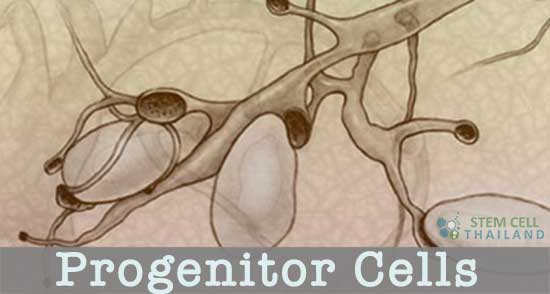
Progenitor cells are the interim oligopotent cell formed during the differentiation process from stem cell state to the target cell variant.
Progenitor cells are a subtype of stem cells that are more differentiated than pluripotent stem cells but still have the ability to differentiate into a limited number of cell types or lineages. Unlike pluripotent stem cells, which can differentiate into virtually any cell type in the body, progenitor cells are more lineage-restricted. Progenitor cell manipulation encompasses a range of techniques designed to exploit these cells’ potential for therapeutic and research purposes.
Here are some ways in which progenitor cells can be manipulated in the lab:
Manipulating progenitor cells offers significant potential for therapeutic and research applications, but it’s essential to recognize and address the associated challenges. Multipotent progenitor cells are not classified under a cell category because their capacity to renew is relatively small, as opposed to stem cells that have the capability to divide infinitely like immortal strands. The stem cell center of Thailand includes progenitor cells in all cardiac stem cell treatments to help develop muscle tissue to help to repair heart valve failure, as well as to create new blood vessels for the heart in a process known as angiogenesis.
If you've seen people take ice baths or cold showers and wondered if they're onto… Read More
Immunomodulation stands at the forefront of biomedical research, steering the immune system's ability to fight… Read More
Stem cell research leads the charge in medical innovation, heralding revolutionary advances in regenerative medicine.… Read More
The blood-brain barrier (BBB) is a crucial shield for the brain, regulating the entry of… Read More
While peptide bonds are fundamental to protein structure, their direct relationship with stem cells lies… Read More
When discussing cutting-edge cancer treatments, NK cell therapy stands out due to its unique approach… Read More